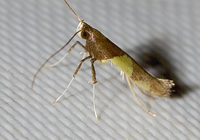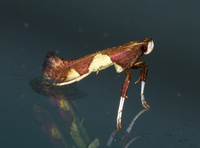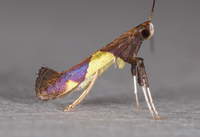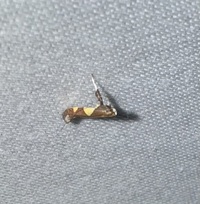
| Recorded by: Marilyn Westphal on 2025-08-19
Henderson Co.
Comment: | 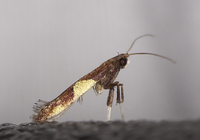
| Recorded by: John Petranka and Sally Gewalt on 2025-04-29
Warren Co.
Comment: |
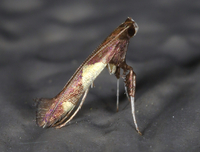
| Recorded by: Jim Petranka on 2025-04-26
Madison Co.
Comment: | 
| Recorded by: Jim Petranka on 2025-04-20
Madison Co.
Comment: |

| Recorded by: David George, Jeff Niznik on 2025-04-05
Chatham Co.
Comment: | 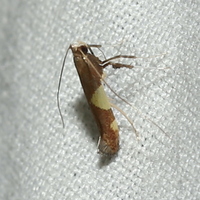
| Recorded by: David George on 2025-04-04
Durham Co.
Comment: |

| Recorded by: Jeff Niznik, David George, Rich Teper on 2025-03-28
Chatham Co.
Comment: | 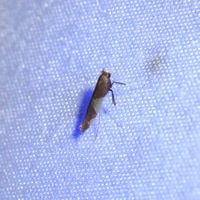
| Recorded by: David George, Jeff Niznik on 2024-08-05
Transylvania Co.
Comment: |

| Recorded by: Jim Petranka and Becky Elkin on 2024-07-12
Madison Co.
Comment: | 
| Recorded by: Jim Petranka on 2024-07-10
Madison Co.
Comment: |

| Recorded by: Jim Petranka on 2024-07-06
Madison Co.
Comment: | 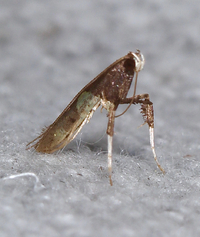
| Recorded by: Jim Petranka on 2024-05-24
Madison Co.
Comment: |
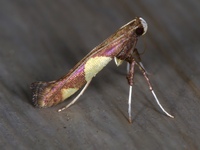
| Recorded by: Jim Petranka on 2024-04-19
Madison Co.
Comment: | 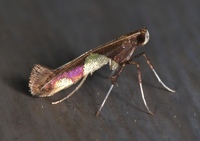
| Recorded by: Jim Petranka on 2024-04-15
Madison Co.
Comment: |
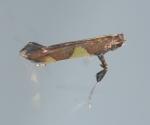
| Recorded by: K. Bischof on 2024-04-02
Transylvania Co.
Comment: | 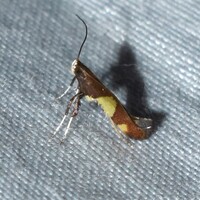
| Recorded by: David George, Jeff Niznik on 2024-04-01
Chatham Co.
Comment: |

| Recorded by: Jim Petranka on 2023-07-17
Madison Co.
Comment: | 
| Recorded by: David George, Stephen Dunn, Jeff Niznik on 2023-07-13
Orange Co.
Comment: |
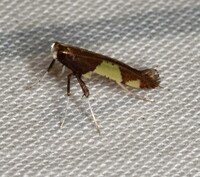
| Recorded by: David George, Stephen Dunn, Jeff Niznik on 2023-07-06
Orange Co.
Comment: | 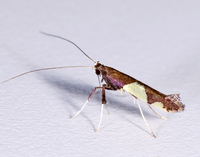
| Recorded by: John Petranka on 2023-07-04
Orange Co.
Comment: |
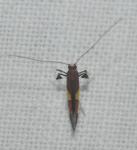
| Recorded by: K. Bischof on 2023-06-17
Transylvania Co.
Comment: | 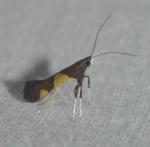
| Recorded by: K. Bischof on 2023-06-17
Transylvania Co.
Comment: |
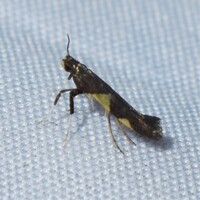
| Recorded by: David George, Jeff Niznik on 2023-06-06
Durham Co.
Comment: | 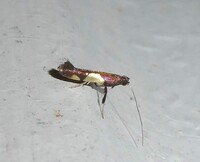
| Recorded by: Simpson Eason on 2023-06-06
Durham Co.
Comment: |

| Recorded by: David George, Stephen Dunn, Jeff Niznik on 2023-06-03
Orange Co.
Comment: | 
| Recorded by: K. Bischof on 2023-05-31
Transylvania Co.
Comment: |

| Recorded by: Jim Petranka on 2023-05-25
Madison Co.
Comment: | 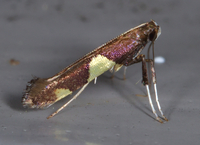
| Recorded by: Jim Petranka on 2023-05-09
Madison Co.
Comment: |
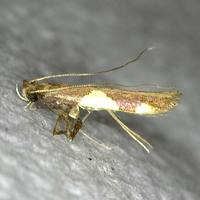
| Recorded by: David George on 2023-04-13
Durham Co.
Comment: | 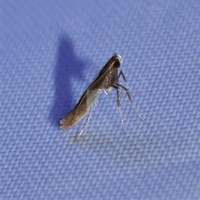
| Recorded by: David George, Stephen Dunn, Jeff Niznik on 2023-04-13
Orange Co.
Comment: |
|

 »
»